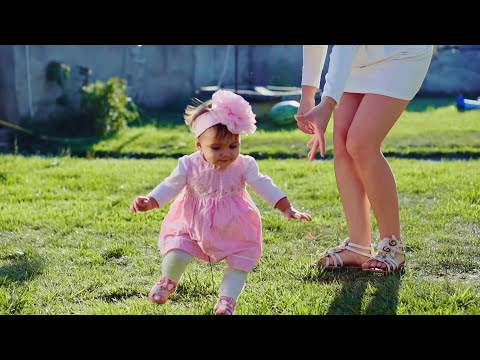Understanding Balance: A Complex Creation
Hello, my name is Richard Kent. Today, I’d like to talk about how we achieve balance. It’s something we often take for granted, yet it’s one of the most intricate abilities we develop. From infancy, we embark on a journey to master balance. Even as little babies, we must learn to balance so we can stand upright. You may have noticed that when children first start walking, they struggle with balance. This struggle arises because achieving balance engages various systems within our bodies.
The Intricacies of Balance
Balancing involves not only our skeletal system but also our central nervous system, eyesight, sensations from our hands and feet, and particularly, our gyroscopes— the semicircular canals in our middle ear. Let’s delve into the semicircular canals.
There are three semicircular canals in three different planes, ingeniously designed like gyroscopes. Each canal contains fluid at its center. As we move our head, the fluid remains relatively still while the canals move. Within each canal are tiny inward-pointing hairs that detect movement. This movement is then transmitted via the vestibular nerve to the balance center in our cerebral cortex.
Overcoming Balance Challenges
Occasionally, our balance center can be overridden. For instance, when spinning rapidly on a merry-go-round, the fluid in our semicircular canals moves, causing imbalance when we try to stand still afterward.
Balance, however, is far from simple. It requires continuous input to our brain, which consumes about twenty percent of our body’s energy. Our brain integrates sensory information from our skin, joints, muscles, and tendons to understand our body’s position and movement in space. This includes processing visual cues, auditory stimuli, and crucially, vestibular signals from the semicircular canals.
The Complexity of the Human Body
Consider the intricate process of sitting in a chair. Your brain continuously sends nervous stimuli to muscle fibers throughout your body, contracting and relaxing them to maintain stability. Even this seemingly simple act involves a cascade of complex mechanisms within the body.
Evolutionists posit a different narrative, suggesting that 3.8 billion years ago, primitive cells evolved spontaneously. Among other developments, they claim balance emerged. However, this perspective overlooks the profound complexity of balance. Replicating the precise functionality of the human body’s balancing act remains a formidable challenge for any machine.
In conclusion, balancing is not merely a physical act; it’s a marvel of creation, intricately designed and executed within the human body.
